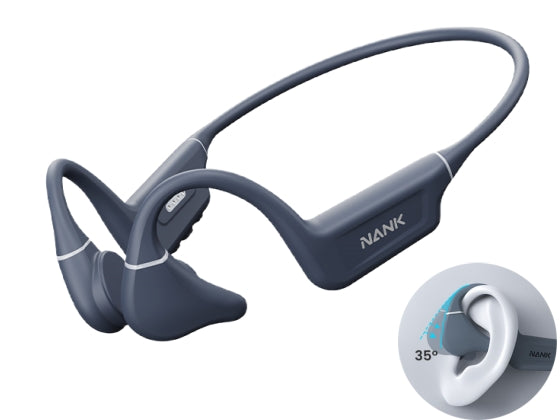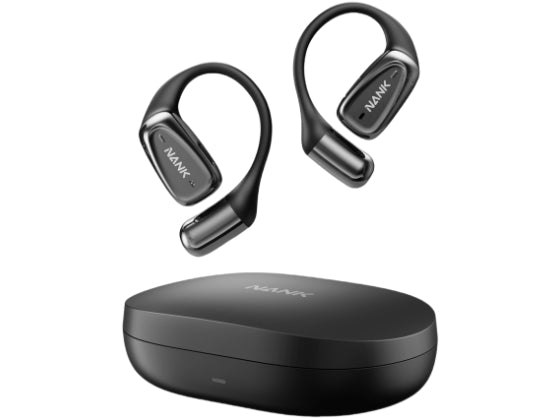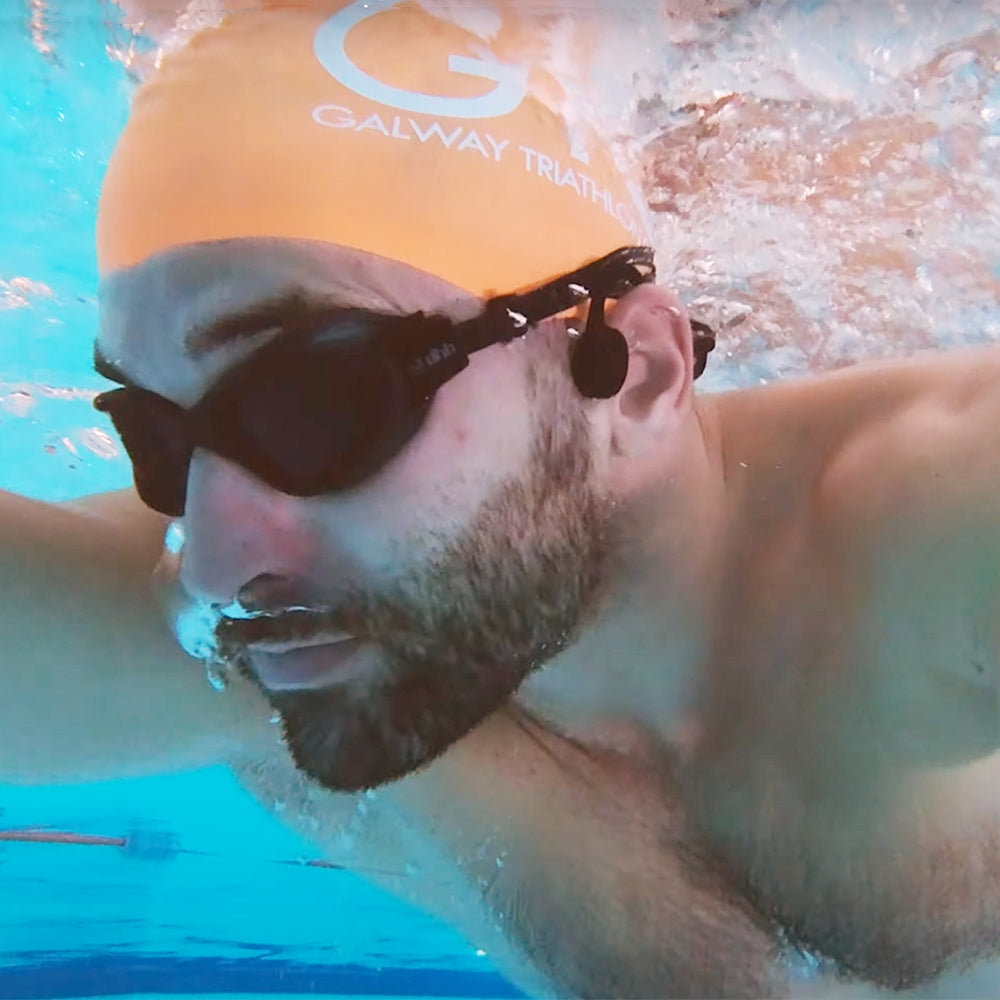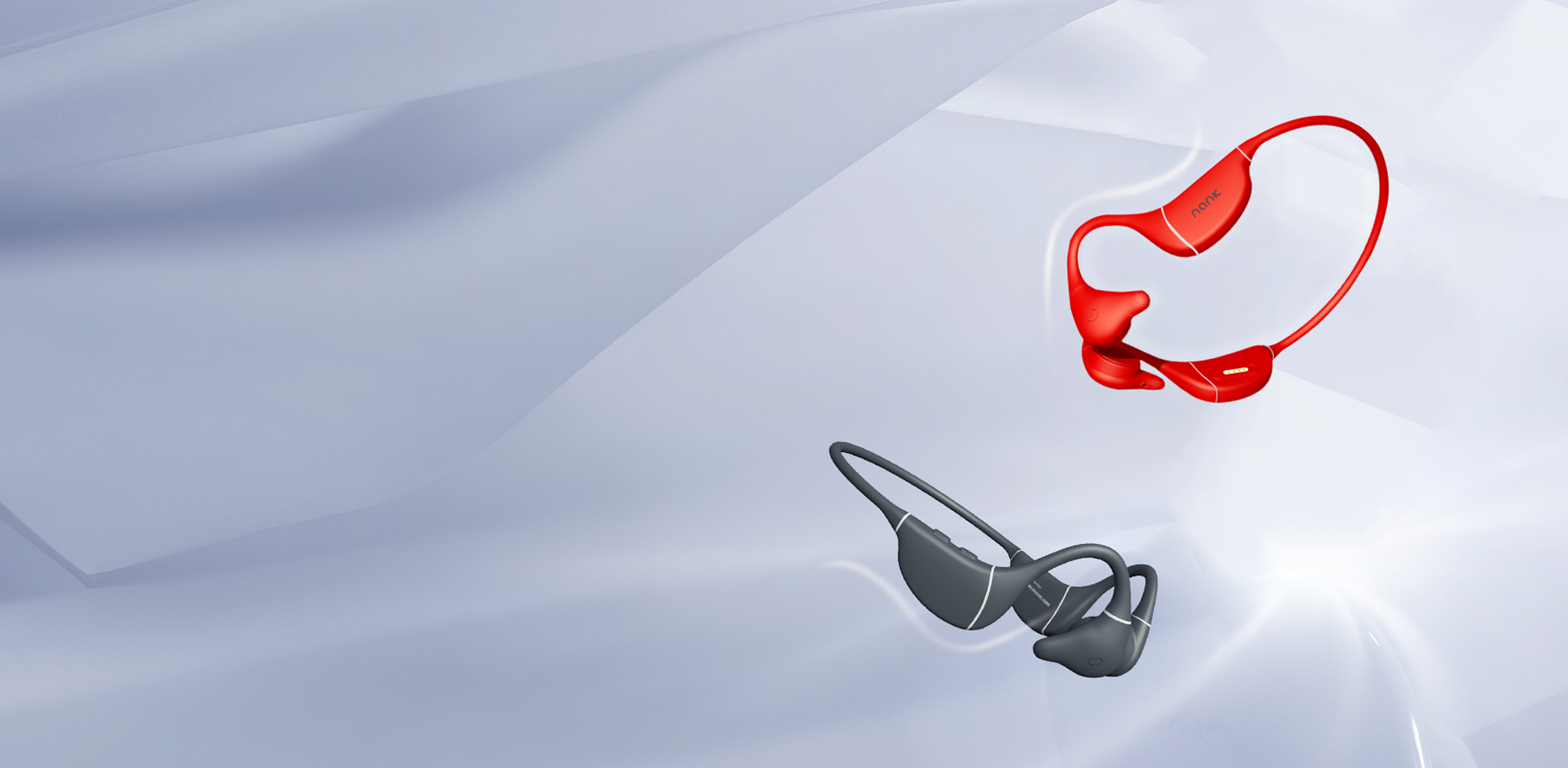Introduction:
In a recent interaction with a customer who purchased our headphones, we discovered a touching story. The customer, a parent, shared that their child underwent tympanoplasty as an infant due to ear membrane infection. Consequently, traditional in-ear headphones were not suitable. Upon trying our bone conduction headphones, the child could finally enjoy music like everyone else, prompting heartfelt gratitude. This experience not only underscored the value and warmth of our products but also heightened our attention to pediatric ear disorders.
External Auditory Canal Eczema:
External auditory canal eczema, a polymorphic rash occurring in the auricle, external auditory canal, and surrounding skin, is common in children and generally categorized as acute, subacute, and chronic.

Clinical Presentation:
- Acute Eczema: Intense itching, often with burning sensations, may result in restlessness and sleep disturbances. Complications may include secondary infections, leading to pain and elevated body temperature. Involvement of deeper skin and eardrum may cause tinnitus and mild conductive hearing loss.
- Subacute Eczema: Symptoms, including itching, are milder than acute eczema. Scaling and crusting may develop.
- Chronic Eczema: Resulting from persistent or undertreated acute or subacute eczema, characterized by thickening, roughness, fissuring, and discoloration of the external auditory canal skin.
Treatment:
- General measures include dietary adjustments and gastrointestinal regulation.
- Local treatment involves the removal of scabs and earwax, addressing causative factors.

Acute Suppurative Otitis Media:
Acute suppurative otitis media progresses through three stages: inflammation of the tympanic membrane, perforation with purulent discharge, and resolution.

Clinical Stages:
- First Stage: Sudden onset of severe ear pain exacerbated by actions like sneezing or coughing, accompanied by elevated body temperature. Conductive hearing loss is common.

- Second Stage: Tympanic membrane perforation with purulent discharge. Secretions transition from serosanguinous to mucopurulent, often with a mild odor.
- Third Stage: Healing phase with a gradual reduction in purulent discharge, closure of the perforation, and improvement in symptoms.
Recovery:
- Early detection and standardized treatment lead to recovery in most cases.
Early Identification of Infant Ear Disorders:
-
Proper Feeding Practices: Ensure correct breastfeeding techniques to prevent choking during feeding. Prompt and gentle cleaning in case of regurgitation is essential.
-
Avoid Self-Cleaning: Discourage attempting to clean the external ear canal to prevent injury.
-
Water Safety: Take precautions during bathing or swimming to prevent water entry into the ears.
-
Noise Avoidance: Keep infants away from loud or sustained noise and discourage the use of headphones.
-
Family History Disclosure: If there is a family history of ototoxicity, inform healthcare providers proactively.
-
Prevent Head Injuries: Minimize the risk of head trauma and foreign body entry into the ear canal.
-
Monitor Hearing Changes: Children with mumps, meningitis, or other diseases should undergo regular hearing assessments.
-
Prompt Medical Attention: Seek medical advice for any abnormalities in the child's ear or surrounding skin, abnormal secretions, unusual odors, ear-related discomfort, delayed response to sound, or signs of language development delays.
Conclusion
According to a report from the World Health Organization Secretariat on the Prevention of Deafness and Hearing Loss, released on May 4, 2017, the prevalence of hearing loss in children is reported at 1.7%. Remarkably, many causes of hearing loss can be prevented through public health measures. It is estimated that up to 60% of childhood hearing loss can be averted through preventive measures. Vigilance in monitoring and addressing pediatric ear disorders is crucial for early intervention and optimal outcomes. The above practices, coupled with timely medical attention, can contribute significantly to the overall well-being of a child's auditory health.
FAQ
Q: To prevent childhood ear-related issues, what recommendations are there when using audio devices?
A:
1. Volume Control: Ensure that the volume is maintained at a safe level to avoid potential damage to a child's hearing. When using devices, choose an appropriate volume to prevent excessive pressure on the ears.
2. Limit Headphone Usage Time: Control the duration of time children use headphones to prevent prolonged and continuous usage. Taking breaks in between is helpful in reducing sustained pressure on the ears.
3. Choose Ear-Friendly Headphones: Avoid using in-ear headphones whenever possible. Opt for open-back headphones or bone conduction headphones to effectively prevent bacteria from entering the child's ear canal.
4. Regular Hearing Checks: Schedule regular hearing checks to ensure a child's hearing is within normal range. Early detection of issues allows for timely intervention.
5. Avoid Sharing In-Ear Headphones: Discourage children from sharing in-ear headphones to reduce the risk of spreading bacteria. Each individual should use their own personal headphones.
6. Emphasize Device Cleanliness: Regularly clean headphones and other audio devices to prevent bacterial growth, reducing the risk of ear infections.
7. Foster Musical Literacy: Educate children on the proper understanding and appreciation of music, cultivating a healthy musical literacy to prevent excessive obsession with high-intensity audio.
8. Encourage Outdoor Activities: Promote outdoor activities for children to keep them away from excessive use of audio devices, contributing to maintaining healthy hearing."







![[2024] In-Depth Overview of Bone Conduction Headphones For Swimming](http://naenka.com/cdn/shop/articles/SWIMMING_HEADPHONES_FOR_SWIMER.jpg?v=1702538729&width=1000)
